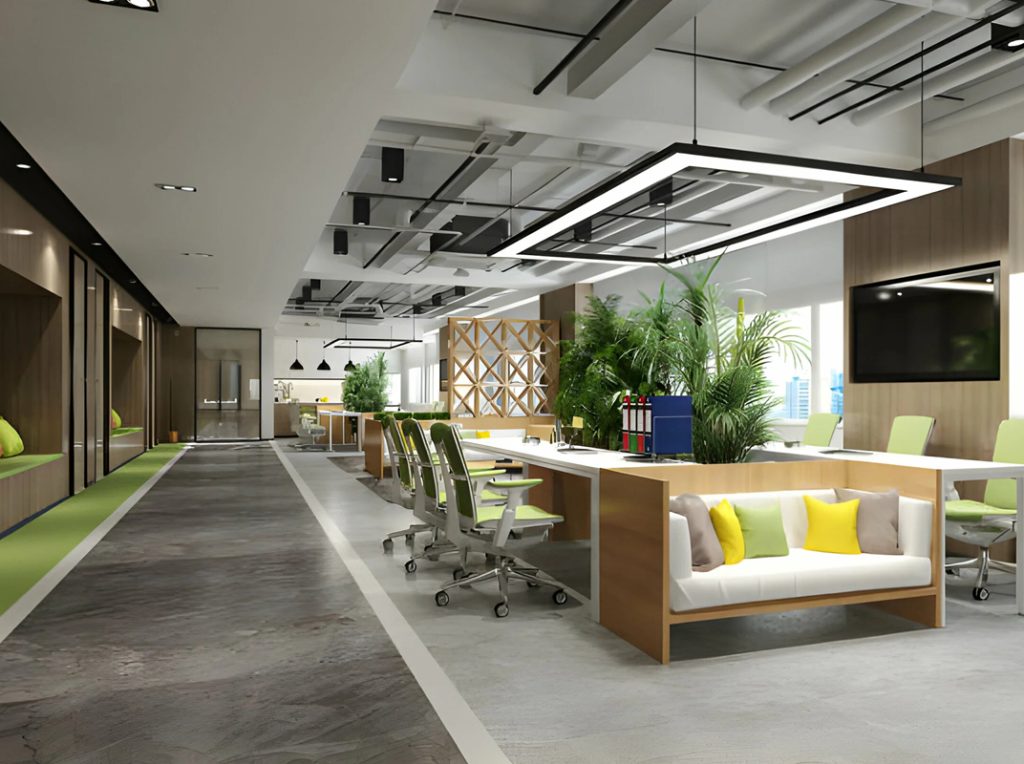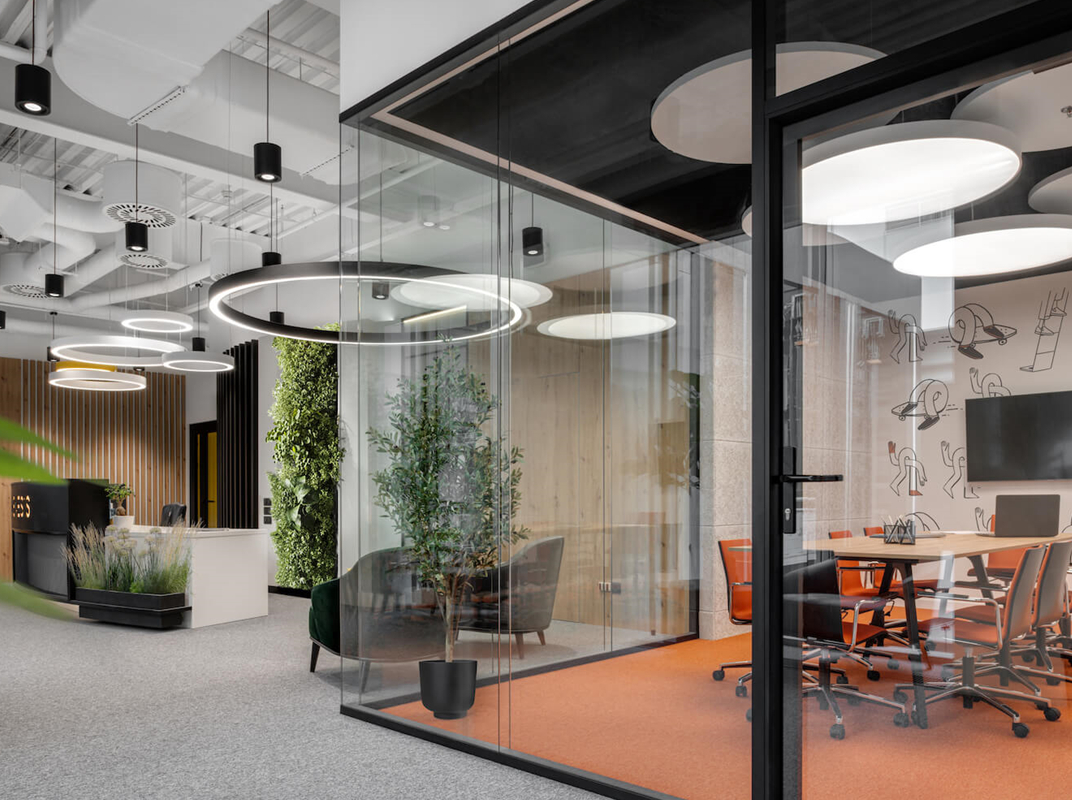One of the primary reasons spatial optimization is essential is the growing demand for multifunctional spaces. In smaller homes and apartments, every square foot counts. By strategically arranging furniture and utilizing smart storage solutions, you can create a versatile environment that serves multiple purposes. For instance, a living room can double as a workspace by incorporating a stylish desk that blends seamlessly with the decor. This adaptability allows you to make the most of limited space without sacrificing comfort or style.
Another important aspect of spatial optimization is the flow of movement within a room. A well-optimized space facilitates easy navigation and reduces clutter. When arranging furniture, consider the natural pathways people will take as they move through the area. Ensuring that there is ample space between furniture pieces not only enhances accessibility but also contributes to a more open and inviting atmosphere. Aim for a minimum of two feet between larger items to allow for comfortable movement and interaction.
Utilizing vertical space is another effective strategy for spatial optimization. Many people overlook the potential of walls when arranging a room. By incorporating shelves, cabinets, and wall-mounted storage, you can free up valuable floor space and create a more organized environment. Vertical storage solutions not only provide practical benefits but can also serve as decorative elements that enhance the overall aesthetic of the room. By drawing the eye upward, you can create the illusion of a larger space.

Natural light is a key element in optimizing spatial design. A well-lit room feels more spacious and welcoming. When planning your layout, consider how furniture placement affects the flow of natural light. Avoid blocking windows with large pieces and instead position furniture to take advantage of sunlight. Using lighter colors for walls and furnishings can also help reflect light, making the space feel brighter and more expansive.
Personalization plays a significant role in spatial optimization. While functionality is important, the space should also reflect your style and preferences. Incorporating decorative elements that resonate with you can transform a functional space into one that feels uniquely yours. Choose artwork, textiles, and accessories that complement your design vision while ensuring they do not overcrowd the area. Striking a balance between personal expression and practical design will lead to a more harmonious environment.
Finally, it is essential to remain flexible and open to change when it comes to spatial optimization. As your needs evolve, so should your approach to space utilization. Regularly reassessing your layout and making adjustments will help maintain a functional and aesthetically pleasing environment. This adaptability is key to ensuring that your space continues to meet your requirements over time.
By understanding the importance of spatial optimization, you can create a living or working environment that is both functional and visually appealing. Maximizing space, ensuring smooth movement, utilizing vertical areas, enhancing natural light, and personalizing your design are all effective strategies that contribute to a well-optimized space. Embracing these principles will lead to an improved quality of life in your home or office.

